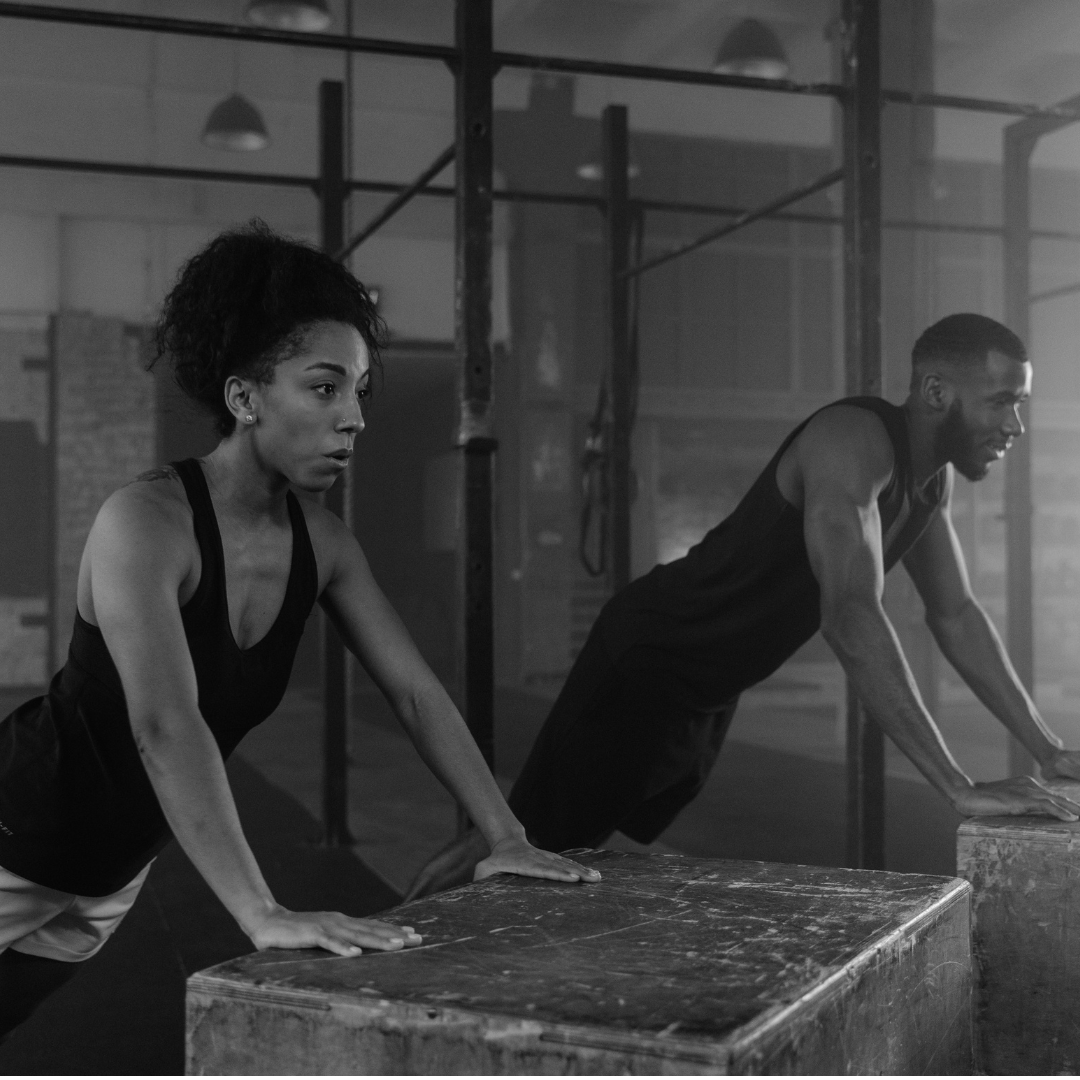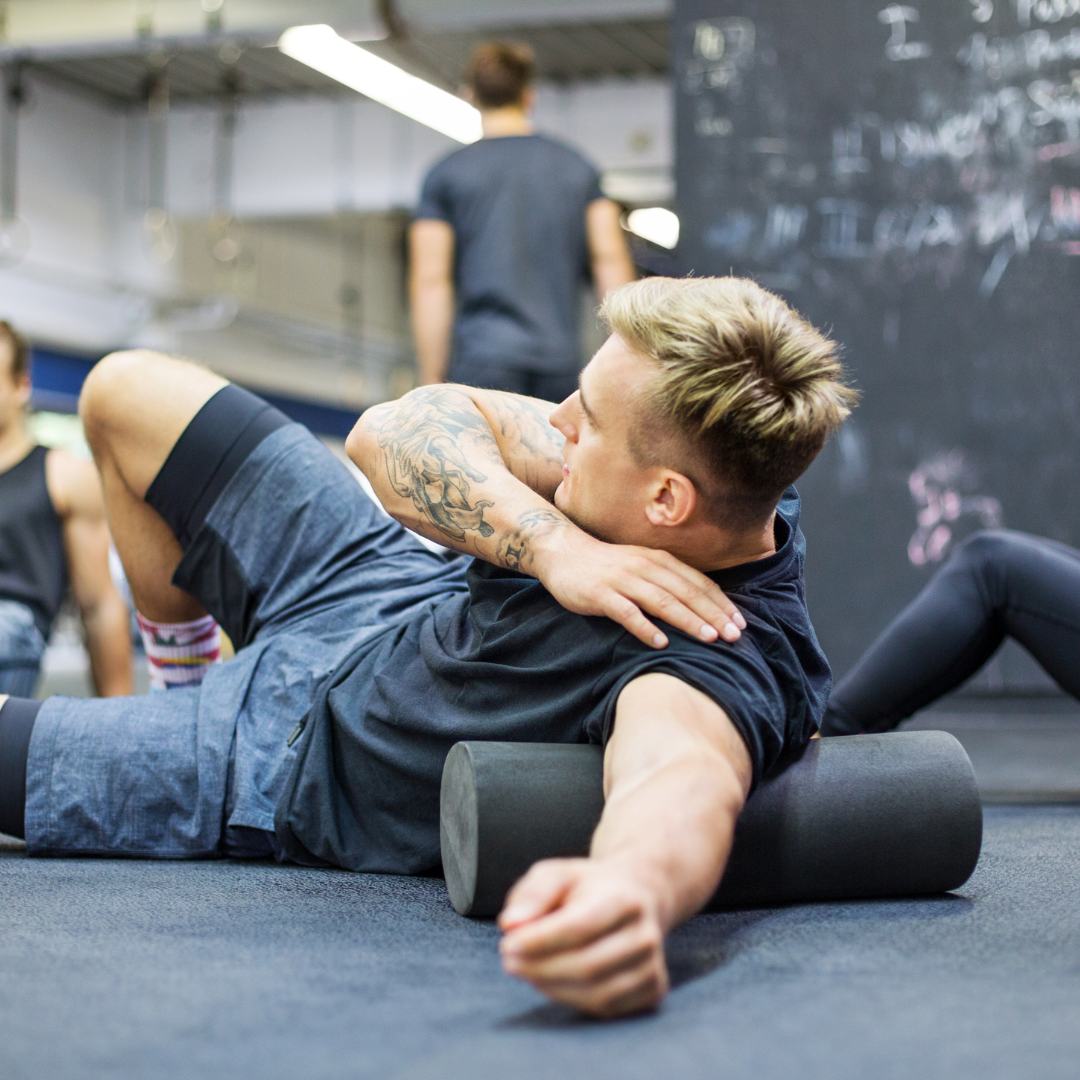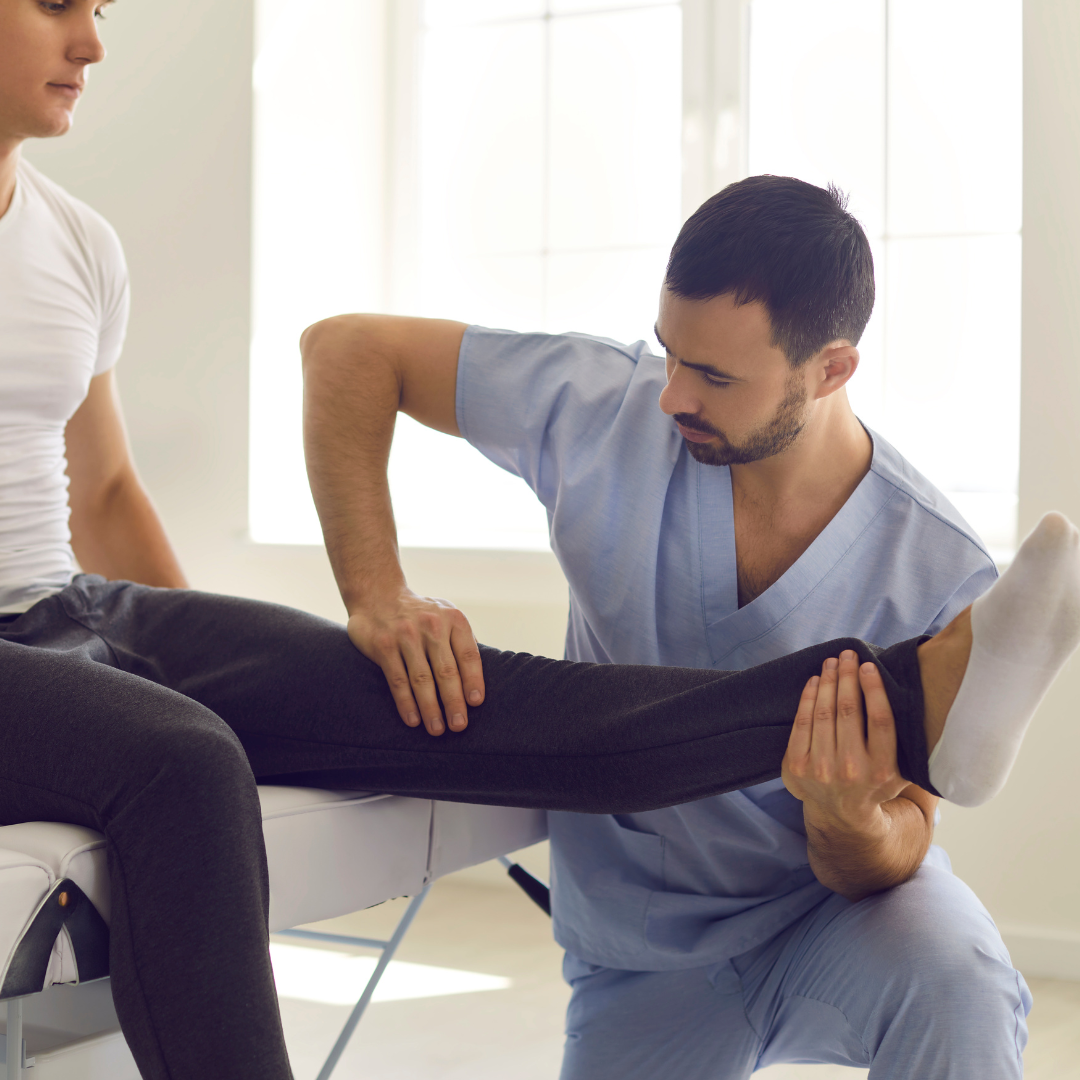Understanding Osteoporosis
Osteoporosis is a condition where bones become weak and brittle, making them more prone to fractures. It affects millions of adults worldwide, especially women after menopause, due to hormonal changes that reduce bone density.
The good news? Exercise can play a critical role in slowing down bone loss, maintaining strength, and reducing the risk of falls and fractures.
Why Exercise Helps with Osteoporosis
-
Strengthens bones: Weight-bearing exercise signals bones to rebuild and stay strong.
-
Builds muscle support: Strong muscles reduce stress on fragile bones.
-
Improves balance: Balance training lowers the chance of falls (a major risk with osteoporosis).
-
Enhances mobility: Keeps joints flexible and prevents stiffness.
The Best Types of Exercise for Osteoporosis
-
Weight-Bearing ExercisesThese put stress on your bones in a safe way, encouraging them to become denser. Examples: walking, light jogging, dancing, hiking, stair climbing.
-
Resistance Training (Strength Work)Using weights, bands, or bodyweight helps build muscle and bone strength.
-
Balance & Stability WorkVital for preventing falls, which can cause fractures.
-
Flexibility & Mobility TrainingKeeps joints moving through a healthy range of motion, reducing stiffness.
3-Day Osteoporosis-Friendly Workout Plan
Day 1 – Full Body Strength & Bone Health (30–40 min)
-
Wall Push-Ups – 2 sets of 10–12 reps
-
Bodyweight Squats or Sit-to-Stands (chair) – 2 sets of 10 reps
-
Dumbbell Shoulder Press (light weight) – 2 sets of 8–10 reps
-
Step-Ups (use a low step or stair) – 2 sets of 10 reps per side
-
Heel Raises – 2 sets of 12–15 reps
Day 2 – Balance & Mobility (20–25 min)
-
Heel-to-Toe Walk – 2 sets of 10 steps
-
Single-Leg Stand (hold onto chair if needed) – 2 sets of 15–20 sec per leg
-
Seated Torso Rotation (gentle) – 2 sets of 8 reps each side
-
Standing Side Leg Lifts – 2 sets of 8–10 reps per side
-
Cat-Cow Stretch (spinal mobility) – 5 reps
Day 3 – Cardio + Flexibility (30 min)
-
Brisk Walk (indoor or outdoor) – 20 minutes
-
Standing Quad Stretch – 30 sec each side
-
Hamstring Stretch (seated or standing) – 30 sec each side
-
Chest Opener Stretch (hands on wall) – 30 sec hold
-
Calf Stretch – 30 sec per side
Tips for Exercising with Osteoporosis
-
Avoid high-impact activities (like jumping) if you have severe osteoporosis.
-
Skip deep forward bends and twisting movements (like sit-ups) to protect your spine.
-
Use controlled, slow movements instead of jerky motions.
-
Start light and progress gradually.
Helpful Resources
-
National Osteoporosis Foundation – Exercise Recommendations
-
NIH Osteoporosis Overview
Closing Thoughts
Living with osteoporosis doesn’t mean giving up movement—it means choosing the right kinds of movement. By combining strength training, balance work, and gentle flexibility, you can protect your bones, improve your posture, and stay active for years to come.
Share
Read more

Exercises That Can Help You Live Longer
Discover the best types of exercise to improve longevity and overall health. Learn how strength training, walking, cardio, and flexibility work can add years to your life.

7-Day Joint & Tendon Recovery Routine
Discover a structured 7-day joint and tendon recovery routine designed to reduce pain, improve mobility, and support long-term joint health. Perfect for athletes and active lifestyles.

